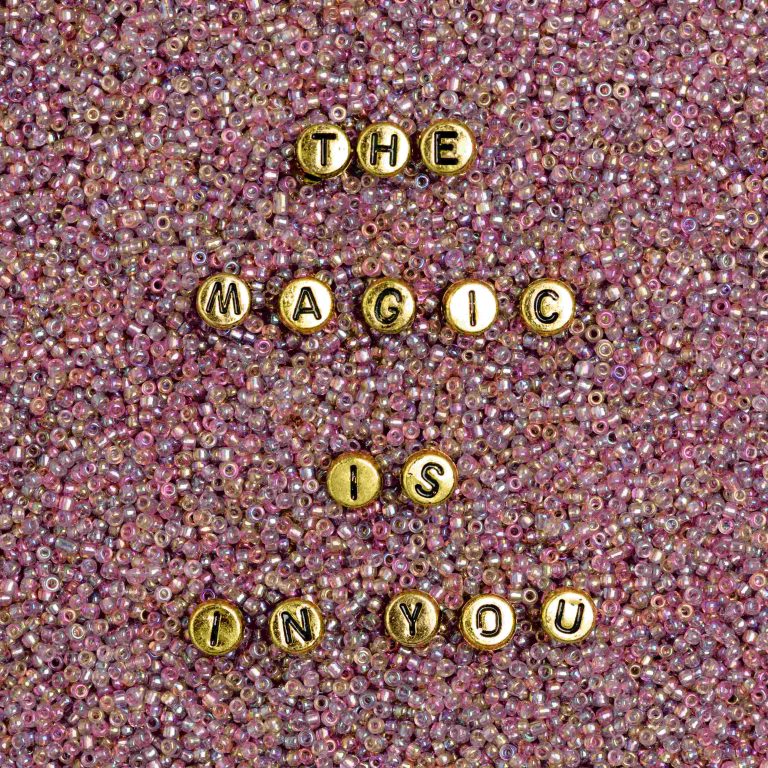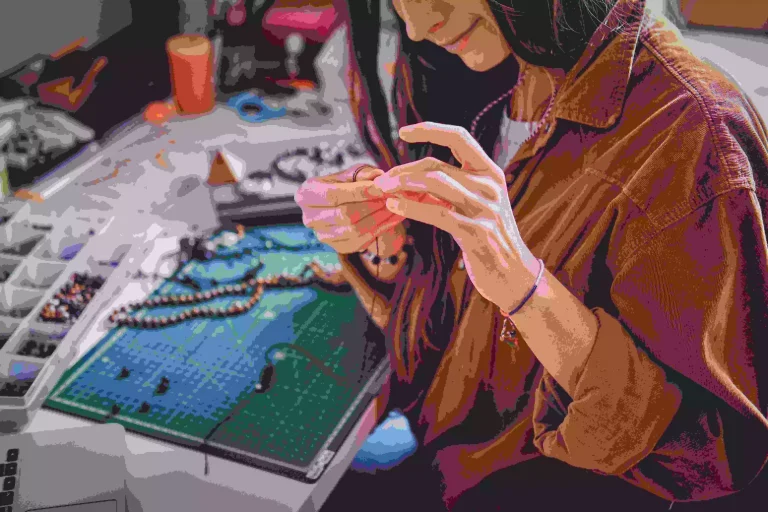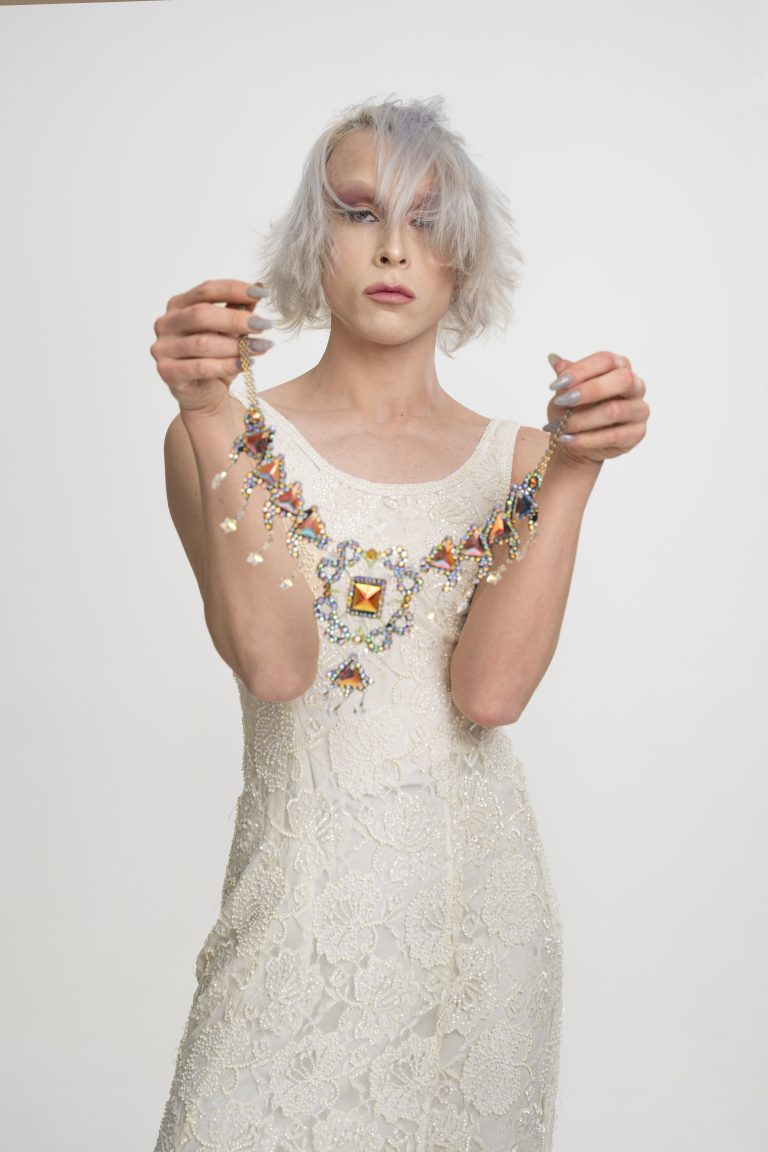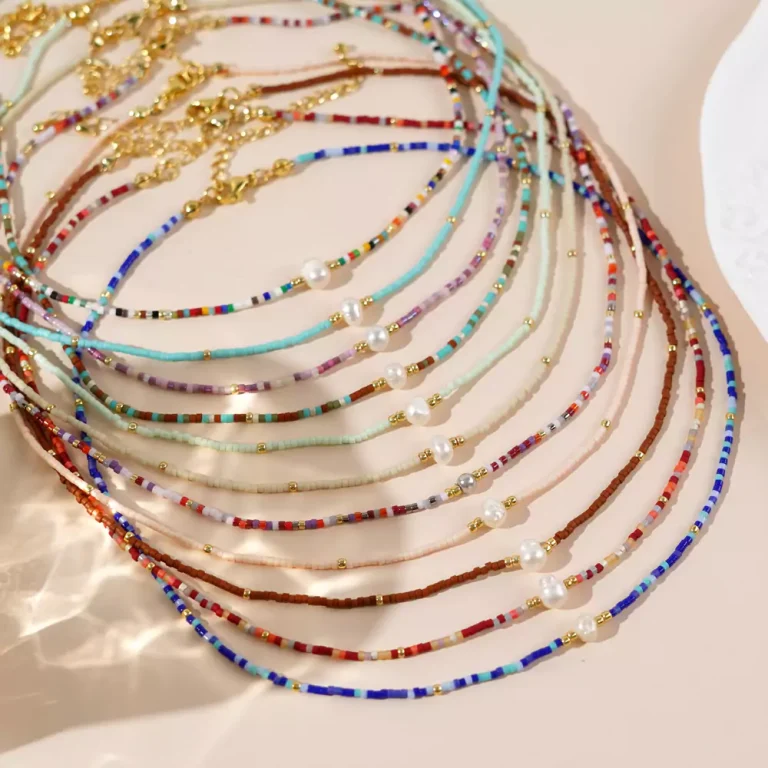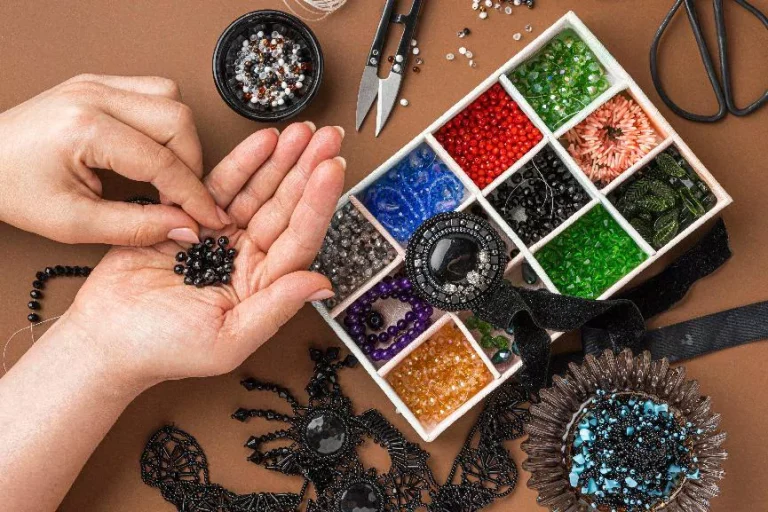Explore the story of seed beads in the world of jewelry crafting. From their rich past to their contemporary applications today. This guidebook offers insights into the significance of these treasures and showcases current design trends and methods to elevate your creations. The essential tools and premium materials like Miyuki beads are unveiled along with techniques ranging from stitches like peytote stitch and brick stitch to advanced styles such as herringbone stitch and bead embroidery. Discover the hidden tricks to tackle challenges in beadwork and delve into ideas while highlighting leading suppliers such as LANCUI, which provide high-quality materials for making beautiful jewelry pieces that effortlessly combine classic craftsmanship with modern charm.
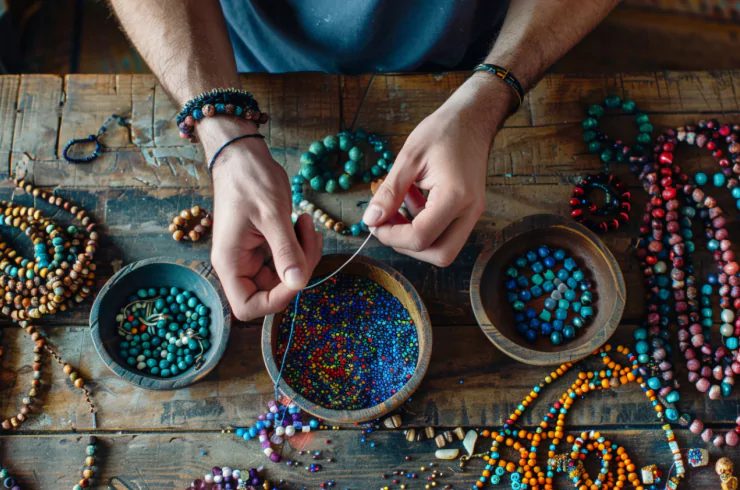
The History and Significance of Seed Beads in Jewelry
Ancient Beginnings and Global Significance
Glass or plastic seed beads have a rich history that spans centuries and lands. They were introduced in societies like the Egyptians and the Mesopotamians, where they were used for various purposes. Embellishing clothing, creating jewelry, and even functioning as a form of trade currency. Their significance is recognized globally. American communities utilized seed beads to craft intricate patterns on ceremonial items and garments, which symbolized individual identity and cultural narratives. Similarly, African artisans incorporated them into their creations to signify status and ancestral heritage.
More than simple decorations, these small wonders showcase humankind’s artistic spirit and cultural heritage. Today, they’ve grown beyond their original uses to become vital components in modern jewelry creation.
The Evolution of Beadworking Methods
Seed bead craftsmanship has undergone a remarkable transformation through the ages. Early artisans threaded beads onto animal tendons or plant-based cords. Current practices employ sophisticated implements, including specialty needles and synthetic cords for enhanced strength. Classic loom weaving now coexists with alternative methods such as peyote and brick stitches, offering expanded creative possibilities.
Recent progress in bead production has yielded perfectly uniform options like Japan’s Miyuki Delica beads, celebrated for their exactness. These developments enable crafters to achieve intricate designs with unprecedented precision.
Must-Have Equipment and Supplies for Seed Bead Artistry
Selecting Premium Quality Seed Beads
Choosing superior seed beads is fundamental for exquisite jewelry pieces. Prioritize beads with uniform dimensions and contours, as variations can disrupt pattern symmetry. Japanese manufacturers Miyuki and Toho are industry leaders, producing consistently shaped beads perfect for detailed work.
Material selection matters greatly – glass beads provide richer hues and greater resilience versus plastic versions. Investing in quality components improves both visual impact and item durability.

Critical Tools for Meticulous Jewelry Construction
Specialized beading needles feature ultra-fine points capable of multiple passes through tiny bead openings. Combine these with sturdy threading options like FireLine or Nymo that withstand repeated use.
Beading mats prove essential – they keep beads stationary while offering a cushioned work surface that safeguards fragile materials.
When to Utilize Specialized Gear
For elaborate projects, consider bead looms for perfect row alignment or magnifying lamps to ease eye fatigue during intensive detail work.
Mastering High-End Seed Bead Jewelry Techniques
This resource examines fundamental bead weaving methods, including peyote, brick, and herringbone stitches, detailing their optimal applications for various jewelry types. It also explores sophisticated approaches like bead embroidery and blending seed beads with precious stones to produce elevated, luxurious pieces. Each method provides distinct textural qualities to enrich your creations.
Foundational Weaving Methods and Applications
Peyote Stitch Fundamentals
The peyote technique ranks among bead weaving’s most adaptable methods. Working one bead at a time in a staggered formation yields a seamless, textile-like surface perfect for wristbands or decorative pendants.
Ideal Uses for Brick Stitch
Brick stitch replicates the look of masonry work. This approach excels at producing angular patterns or delicate fringe accents for ear ornaments.
Advantages of Herringbone Stitch
Herringbone weaving generates characteristic chevron designs that enhance visual interest on neckpieces or arm cuffs. Its adaptable nature works equally well for two-dimensional or three-dimensional constructions.
Sophisticated Methods for Elevated Designs
Implementing Bead Embroidery
Bead embroidery attaches seed beads to fabric or metal backings to form ornate decorative elements. This process enables texture combinations by overlaying beads on substrates, including leather or satin.
Mixing Seed Beads with Precious Stones
Blending seed beads with mineral gems or metallic elements introduces richness and opulence to jewelry. Combining Miyuki Delica beads with semiprecious crystals produces striking visual juxtapositions that heighten design refinement.
Creating Upscale Jewelry with Seed Beads
Color Principles in Luxury Jewelry Design
Color relationships fundamentally influence upscale seed bead jewelry conception. Grasping color harmonies allows the creation of either bold contrasts or subtle tonal arrangements that enhance pieces. Opposite colors (like violet and yellow) generate energy, while neighboring hues (such as teal and aqua) deliver understated grace. Strategic color selection can trigger emotional responses – crimson for intensity, azure for calm – enabling targeted design communication.
For premium pieces, exact color positioning proves critical. Graduated color transitions using seed beads can simulate precious stones or produce elaborate artistic patterns. Such precision converts basic materials into high-end artworks.
Modernizing Time-Honored Methods
Injecting current styles into conventional beadwork revitalizes traditional practices. Merging established peyote stitch with modern angular motifs creates hybrid designs. Incorporating novel materials like metal-infused fibers or sustainable alternatives aligns with eco-conscious movements while boosting visual appeal.
Exploring unbalanced compositions or mixed-media layering can update classic techniques. These innovations broaden audience appeal while maintaining timeless quality.
LANCUI: Premium Materials for Discerning Artisans
Professional-Grade Seed Bead Advantages
With ten-plus years in handcrafted jewelry production, LANCUI delivers exceptionally precise, quality seed beads. Their products meet rigorous international safety and environmental certifications (REACH, RoHS). Their global supplier network provides premium options, including Miyuki beads, famous for consistency and chromatic intensity.
Their innovative OEM/ODM services demonstrate their progressive approach. Whether mass-producing quality pieces or developing custom designs, they accommodate all expertise levels. Stringent quality measures guarantee every bead meets exacting standards.
Products for All Skill Levels
Novices benefit from user-friendly, high-caliber materials that deliver professional results. Seasoned crafters appreciate precision beads enabling complex patterns without flaws. This inclusive approach supports creative growth at every stage.
Troubleshooting Premium Seed Bead Jewelry
Common Professional Challenges
Even skilled artisans face seed bead difficulties. Size inconsistencies can ruin detailed patterns, while improper thread tension may weaken structures. Achieving perfect symmetry demands painstaking effort, particularly without proper tools.
Maintaining uniformity across extensive collections presents another hurdle. Color or finish variations can diminish overall quality, especially in luxury items requiring flawless execution.
Solving Design and Construction Issues
Premium materials reduce many problems by guaranteeing dimensional consistency. Magnification aids prevent eye fatigue during precision work, while specialty needles survive repeated threading.
For complicated projects, dividing work into manageable segments improves focus. Strengthening vulnerable areas with extra stitching boosts resilience without sacrificing beauty.
Frequently Asked Questions
Q1. Why do experts favor Miyuki beads?
A: Their identical sizing and rich pigmentation enable exact patterning crucial for luxury jewelry.
Q2. Can traditional methods incorporate modern styles?
A: Certainly! Blending heritage techniques like peyote stitch with current designs yields fresh innovations.
Q3. Which tools are necessary?
A: Vital equipment comprises slender needles, strong threads (FireLine), and non-slip beading mats for stable crafting.

